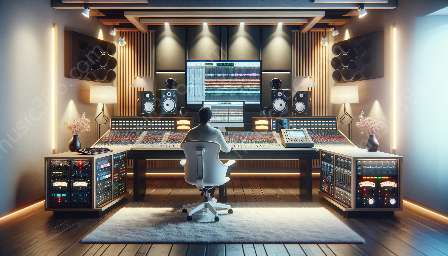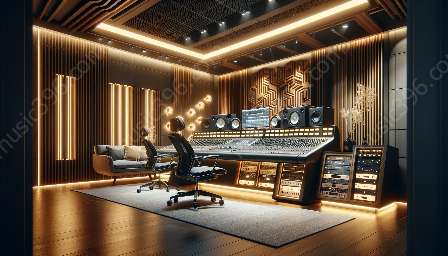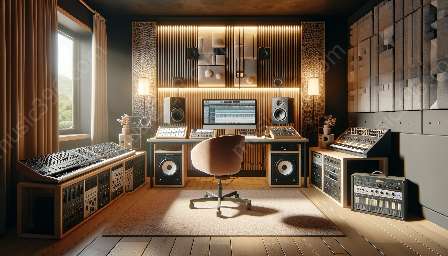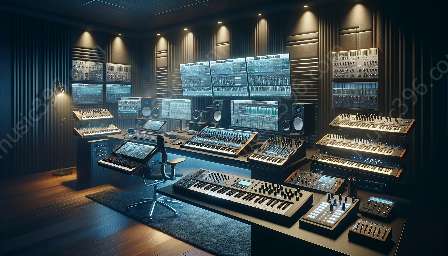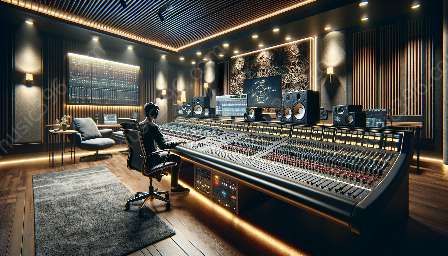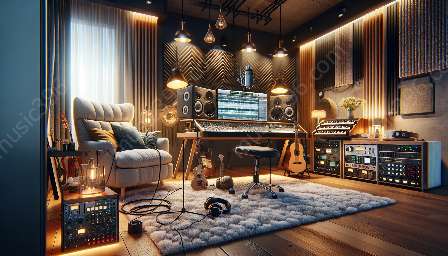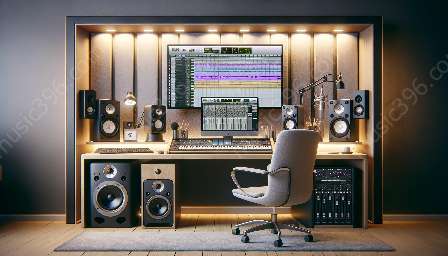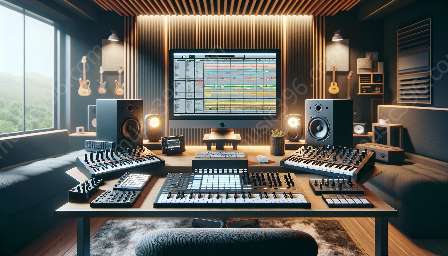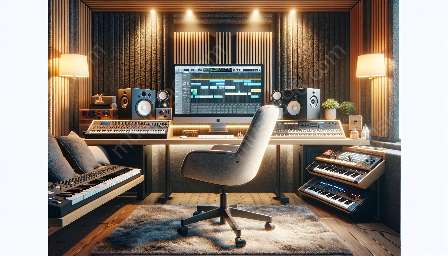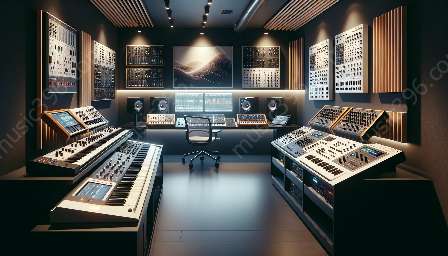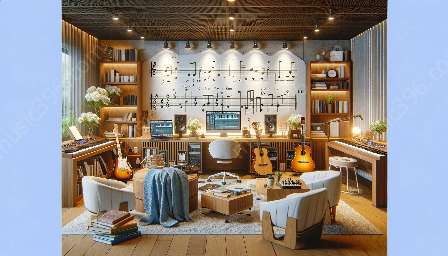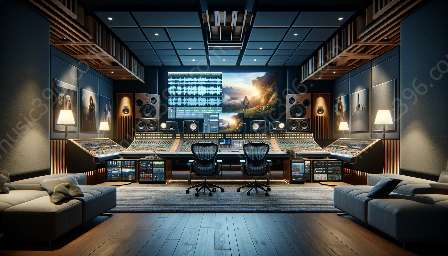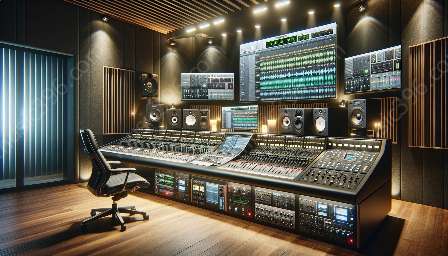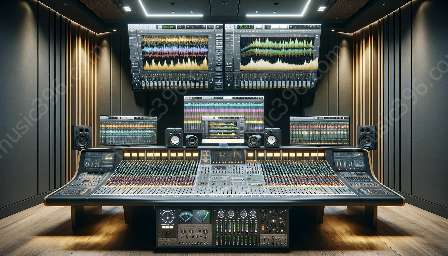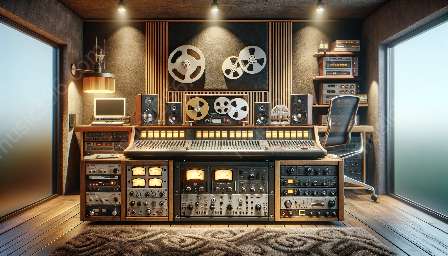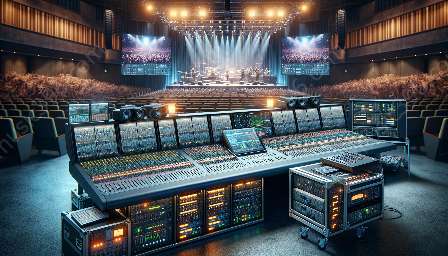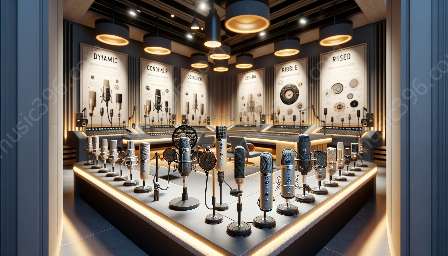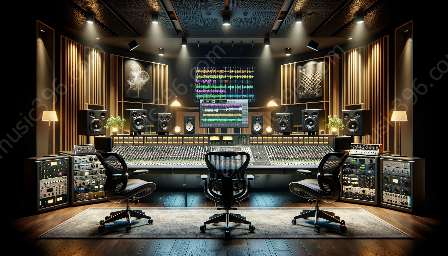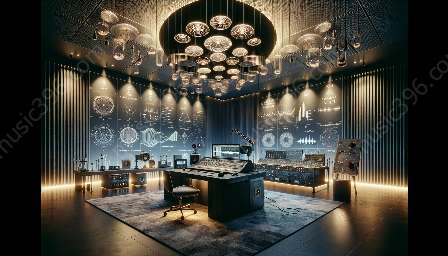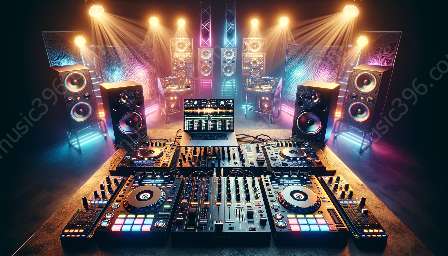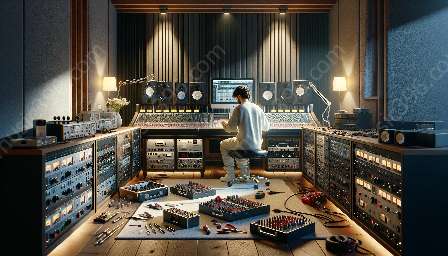Audio post-production for films is a critical aspect of creating a captivating cinematic experience. It involves various techniques and processes, including sound design, Foley, dialogue editing, and mixing, to ensure that the audio elements effectively complement the visual storytelling. In this topic cluster, we will explore the essential components and workflow of audio post-production for films, discuss the tools and technologies used, and highlight the integration of music and audio in the filmmaking process.
Understanding Audio Post-Production
Sound Design: Sound design in film involves creating and manipulating audio elements to enhance the storytelling and evoke emotions in the audience. This includes designing ambient sounds, special effects, and atmospheric textures that add depth and realism to the on-screen visuals.
Foley: Foley artists recreate and record everyday sound effects, such as footsteps, door creaks, and clothing rustles, to synchronize with the actions in the film. These custom sound effects are essential for achieving a lifelike and immersive audio experience.
Dialogue Editing: Dialogue editing focuses on enhancing the clarity and coherence of spoken lines by removing unwanted noises, adjusting volume levels, and ensuring smooth transitions between different takes. It is crucial for maintaining clear and intelligible dialogue throughout the film.
Mixing: Mixing brings together all the audio elements, including dialogue, music, sound effects, and ambient sounds, to create a cohesive and balanced sonic landscape. Through the use of various audio processing techniques, the mix engineer crafts the final audio presentation that enhances the emotional impact of the storytelling.
Tools and Technologies in Audio Post-Production
Digital Audio Workstations (DAWs): DAWs, such as Pro Tools, Logic Pro, and Adobe Audition, serve as the central platform for editing, arranging, and processing audio tracks. They provide a range of tools for manipulating sound and creating complex audio compositions.
Plug-Ins and Effects: Various plug-ins and effects, including EQs, compressors, reverbs, and spatial processors, are used to refine and enhance the sonic characteristics of individual audio elements, contributing to the overall sonic aesthetic of the film.
Field Recording Equipment: Field recording equipment, such as high-quality microphones, portable recorders, and windshields, enables capturing authentic and immersive sounds on location, adding depth and realism to the film's audio palette.
Integration of Music and Audio in Filmmaking
Scoring and Music Composition: Music plays a vital role in shaping the emotional tone and narrative dynamics of a film. Composers and music supervisors work closely with filmmakers to create original scores or select existing music that complements and amplifies the visual storytelling.
Soundtracks and Soundscapes: In addition to musical scores, the use of curated soundtracks and ambient soundscapes enriches the auditory experience, providing a backdrop that enhances the narrative immersion and establishes the film's tonal identity.
By delving into the intricate processes and creative decisions involved in audio post-production for films, filmmakers, sound designers, and audio professionals can gain valuable insights into the art of shaping sound to elevate the cinematic experience.
Topic
Fundamentals of Post-Production Audio for Films
View details
Comparative Analysis of Audio Post-Production in Different Film Genres
View details
Challenges and Problem-Solving in Film Audio Post-Production
View details
Effect of Audio Post-Production on Film Atmosphere and Mood
View details
Matching Audio to Visual Effects in Post-Production
View details
Realism and Authenticity in Audio Post-Production for Films
View details
Editing and Mixing Dialogue: Techniques and Approaches
View details
Integration of Background Music in Film Audio Post-Production
View details
Role and Responsibilities of a Sound Editor in Film Post-Production
View details
Impact of Sound Recording Techniques on Post-Production Process
View details
Key Skills for a Successful Career in Film Audio Post-Production
View details
Tools and Software for Audio Post-Production in Films
View details
Narrative and Storytelling in Film Audio Post-Production
View details
Perception of Time and Space in Film Audio Post-Production
View details
Signature Sound Design Elements in Renowned Films
View details
Ethical Considerations in Sound Effects Integration
View details
Aesthetics and Artistic Contributions of Film Audio Post-Production
View details
Trends and Advancements in Audio Post-Production Techniques
View details
Enhancing Foreign and Non-Verbal Films for International Audiences
View details
Psychological and Emotional Effects of Audio Post-Production Choices
View details
Creating Suspense and Tension through Audio Post-Production
View details
Interconnections between Sound and Visual Elements in Films
View details
Historical and Cultural Accuracy in Period Films: Audio Post-Production Perspective
View details
Role of Audio Post-Production in Independent and Low-Budget Films
View details
Audio Post-Production Approach in Different Film Genres
View details
Multilingual Dialogue: Considerations in Audio Post-Production
View details
Balancing Dialogue, Music, and Sound Effects in Film Audio Post-Production
View details
Creating Memorable Film Soundtracks through Audio Post-Production
View details
Collaboration and Communication in Film Audio Post-Production
View details
Questions
What are the key components of audio post-production for films?
View details
How does sound mixing impact the emotional impact of a film?
View details
What role does Foley artistry play in enhancing the audio of a film?
View details
How does audio post-production differ for documentaries compared to narrative films?
View details
What are some common challenges faced in audio post-production for films?
View details
How does audio post-production contribute to the creation of a film's atmosphere and mood?
View details
What are the key considerations when creating sound design for a film?
View details
What techniques are used to match audio to visual effects in post-production?
View details
How does audio post-production bring realism to on-screen action and dialogue?
View details
What are the steps involved in editing and mixing dialogue for film?
View details
How is background music selected and integrated in audio post-production for films?
View details
What is the role of a sound editor in audio post-production for films?
View details
How do different techniques of sound recording impact the final post-production process?
View details
What are the essential skills needed for a successful career in audio post-production for films?
View details
What are the tools and software commonly used in audio post-production for films?
View details
How does audio post-production contribute to the storytelling aspect of a film?
View details
What are the best practices for creating immersive soundscapes in post-production?
View details
How does audio post-production impact the perception of time and space in films?
View details
What are some signature sound design elements in renowned film productions?
View details
What are the ethical considerations in integrating sound effects in audio post-production for films?
View details
How does audio post-production contribute to the overall aesthetics of a film?
View details
What are the trends and advancements in audio post-production techniques for films?
View details
How does audio post-production enhance the experience of foreign and non-verbal films for international audiences?
View details
What are the psychological and emotional effects of different audio post-production choices in films?
View details
How do filmmakers use audio post-production to create suspense and tension in scenes?
View details
What are the interconnections between audio post-production and the visual elements in films?
View details
How does audio post-production contribute to the historical and cultural accuracy of period films?
View details
What role does audio post-production play in the success of independent and low-budget films?
View details
How does audio post-production approach vary in different film genres such as horror, comedy, and drama?
View details
What are the key considerations in audio post-production for films with multilingual dialogue?
View details
How is the balance between dialogue, music, and sound effects achieved in audio post-production for films?
View details
What are the aspects to consider to create a memorable audio post-production for film soundtracks?
View details
How is the collaboration and communication between the sound team and filmmakers managed during audio post-production?
View details


